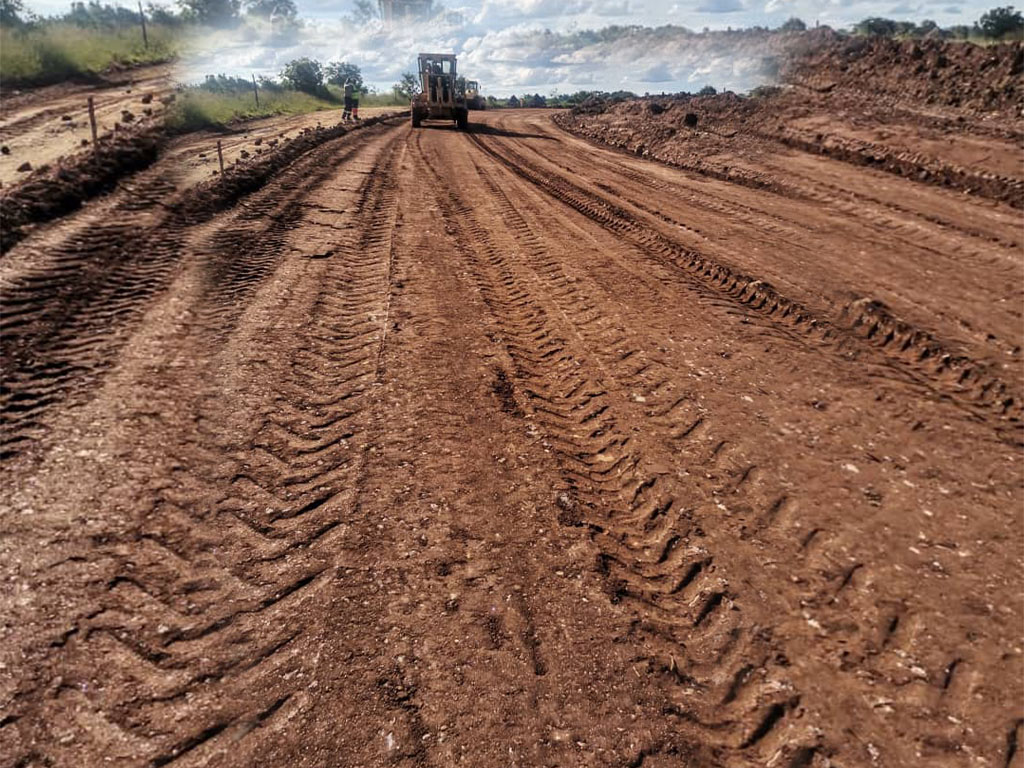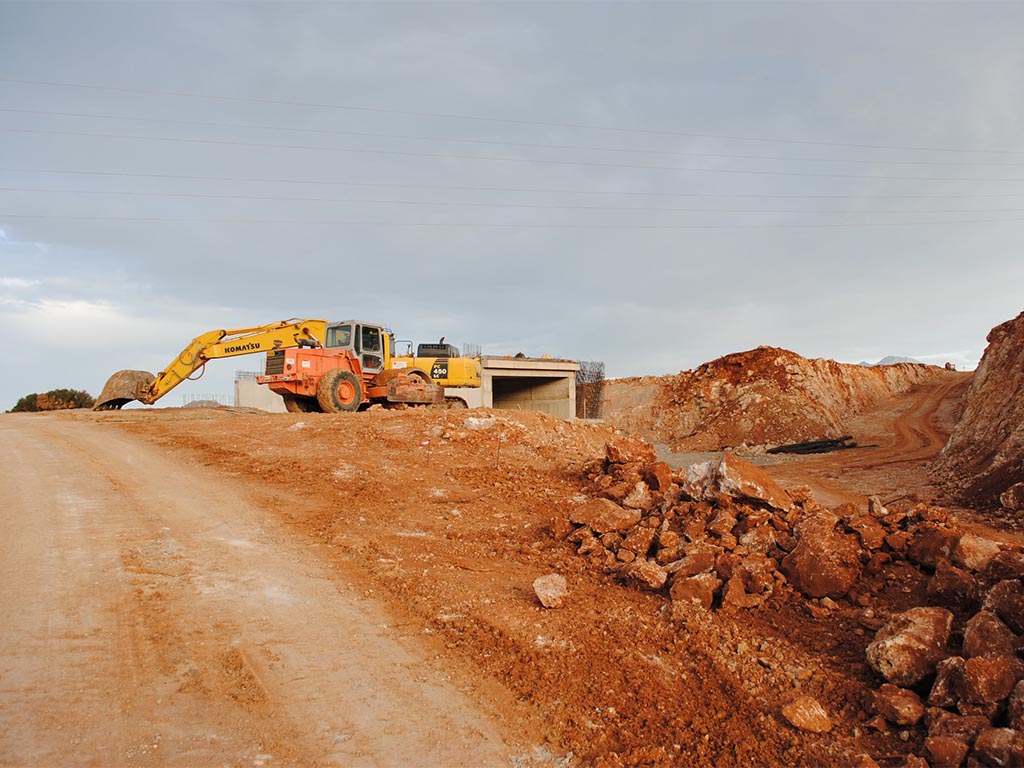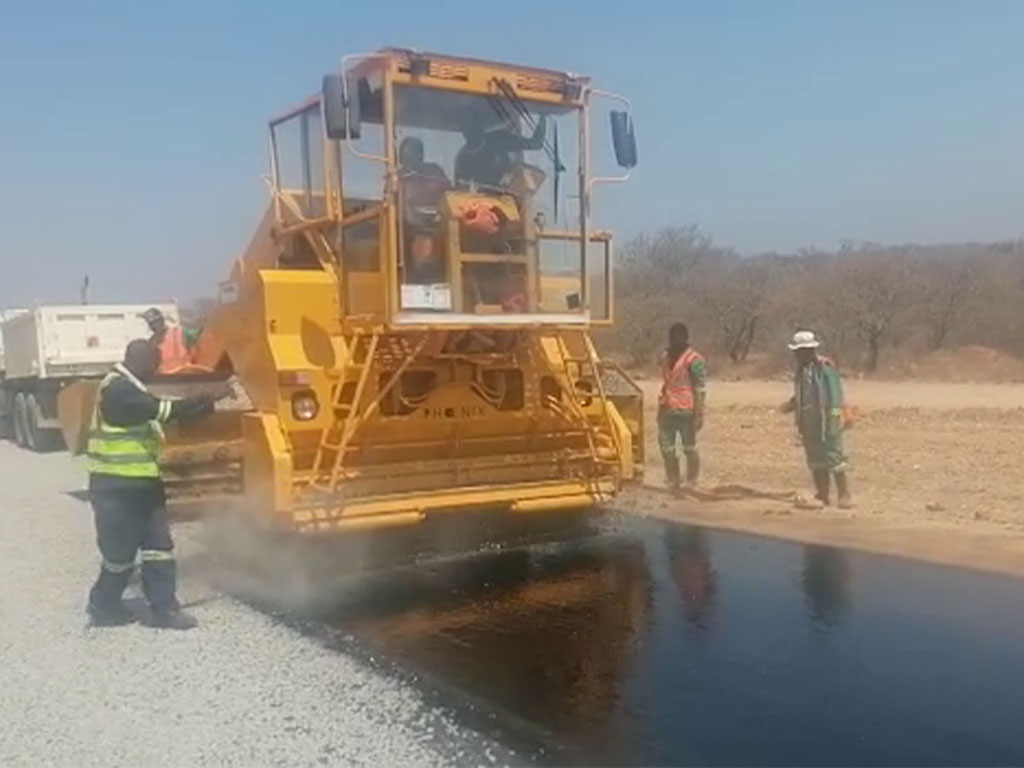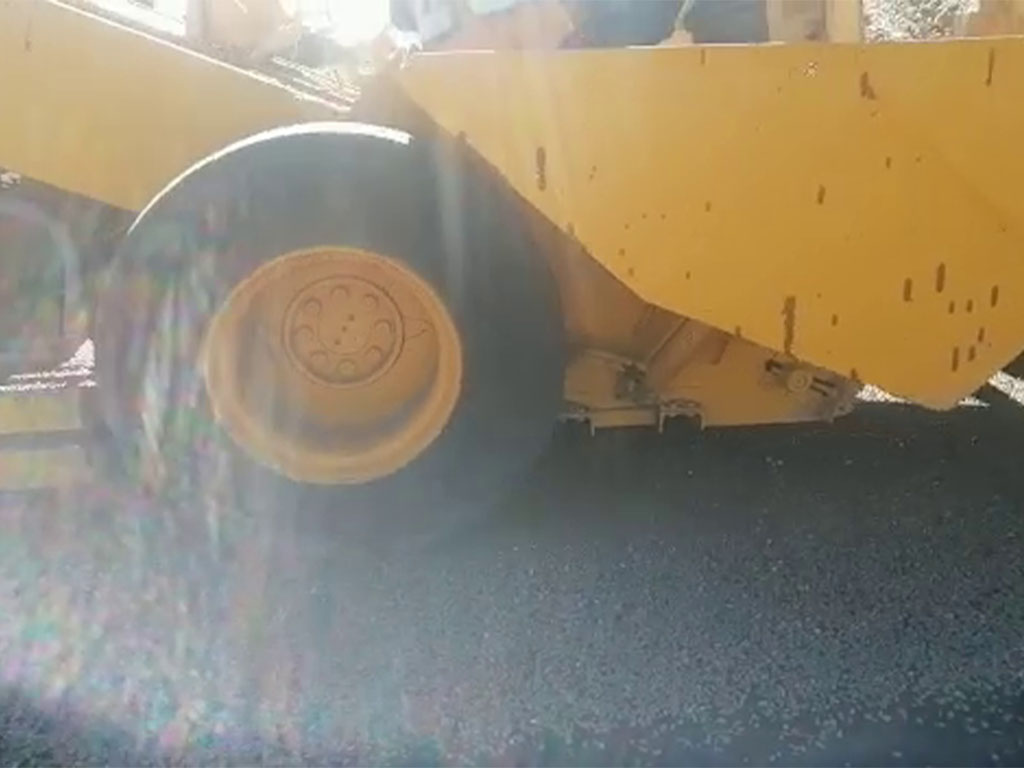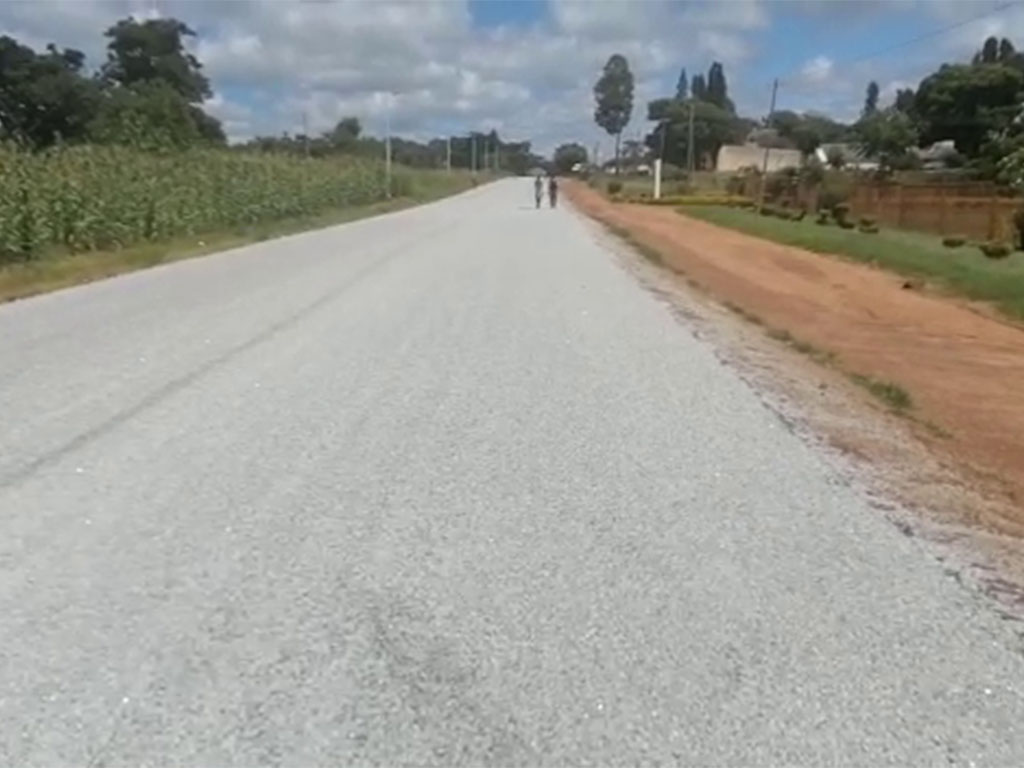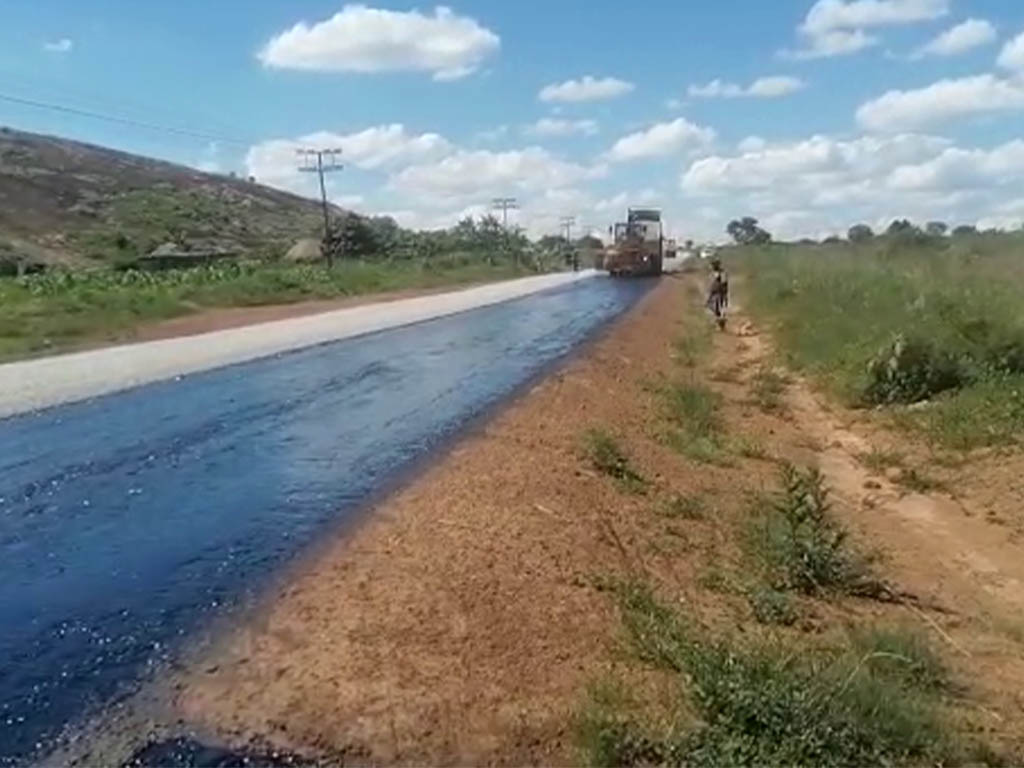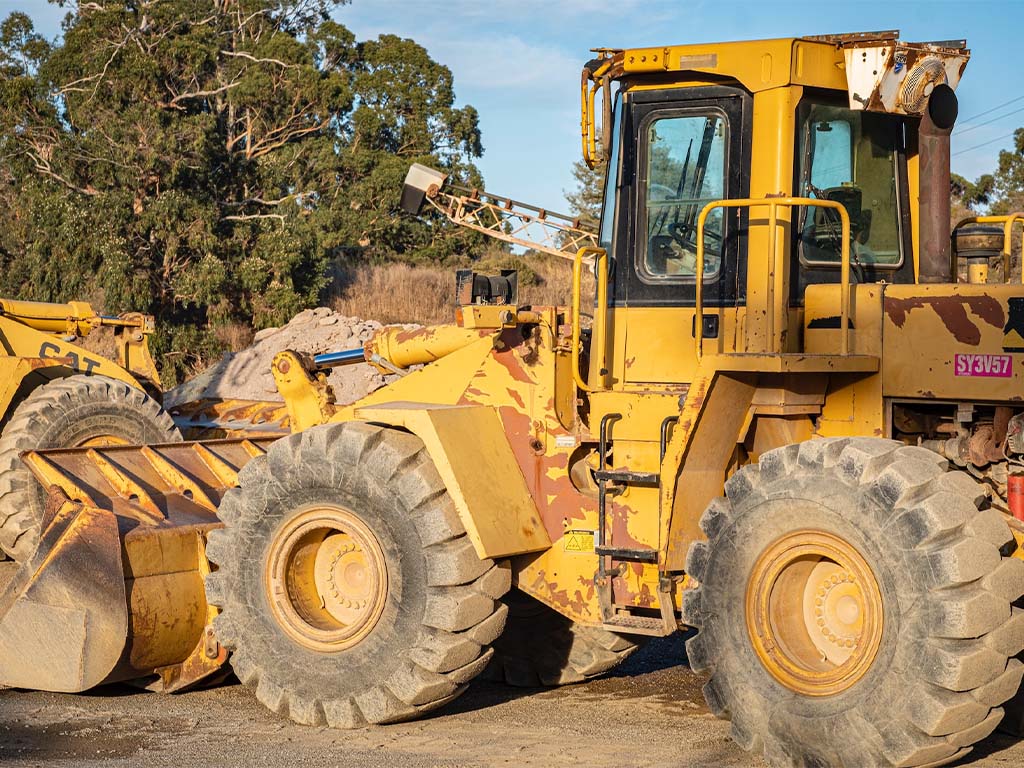Road Construction Process
Check out the Road Construction Process we implemented on all of our projects. These methods are proven by maojority of Engineers to be one of the most effective road construction methods.
Planning & Preliminary Design
Planning out the work that needs to be done and how it will be done is the first step. This entails locating any dangerous areas where additional safety measures are required for work and putting in place suitable traffic control measures.
Conceptual Design
Preliminary drawings are created for each stage of the construction process after the inventory is finished. The general layouts of the proposed roadway alignments, retaining walls, and other project-related structures are included in these plans. They also indicate where temporary traffic control measures, such as cones, barricades, or signage, should be placed to safely guide vehicle traffic through work zones.
Preliminary design evaluation by a municipal or state government agency in charge of transportation. The state transportation department's officials analyze the conceptual drawings.
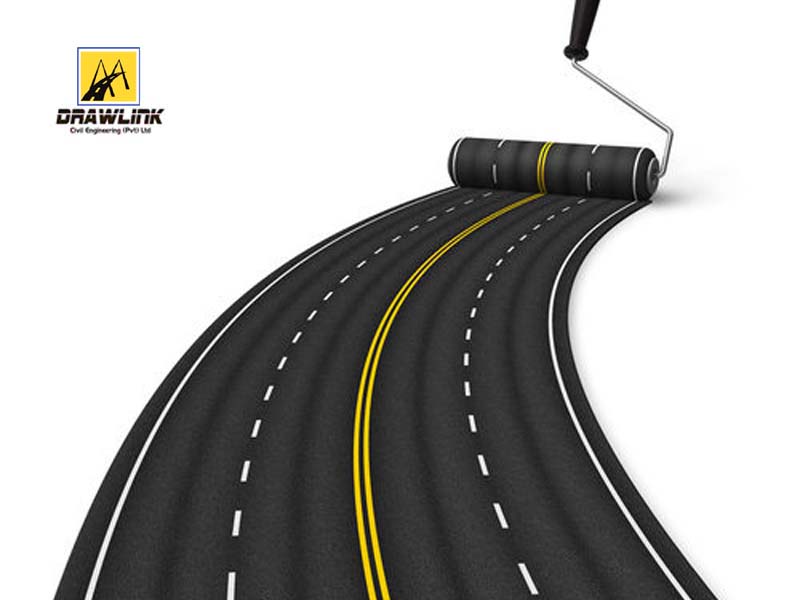
Excavation And Clearing
All vegetation must be removed from the area where the road will be built, including any bushes, trees, and shrubs.
- Additionally, stones and boulders will be removed
- from the future road's path by excavation equipment.
- Ditching, fencing, and basins are utilized as control methods to prevent erosion of the cleared area.
- Once the land is cleared you can go to the next stage

Mounting
The road starts to take shape as bulldozers, excavation plant machinery, and diggers spread dirt and soil over the area where the future roadway would run. The surface is then leveled and smoothed using road graders. Groundwater, sewage, and stormwater are diverted away from the road by means of drains and culverts, which are substantial concrete pipes.
Fine Grading
Construction workers must level the surface according to the norms of structural engineers in order to complete fine grading. To ensure durability, the grading is stabilized with either concrete or limestone.It involves:
- graders
- grading plant machinery
- manual labor and excavating
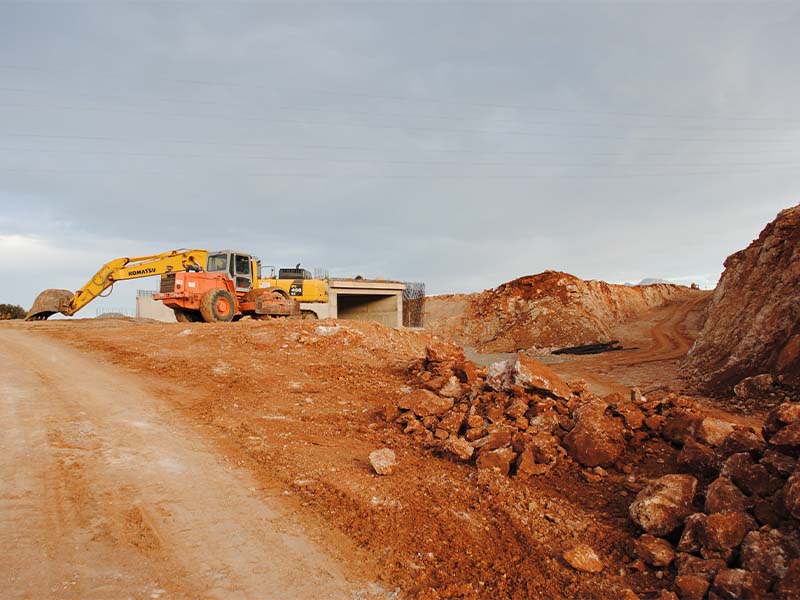
Base Aggregate
A second round of surface grading precedes the installation of the aggregate foundation course. The aggregate base of crushed stone or gravel is evenly dispersed across the road surface. If the road is in a city or town, the pavement curb and gutter will be constructed right away after the gravel has been laid on the surface.
Paving Asphalt
When the gravel has been evenly distributed, the asphalt may be put in place. Bitumen, a glue-like, sticky substance, aggregate base material, and petroleum waste make up asphalt. Depending on the anticipated traffic on the route, up to four layers of asphalt can be placed one on top of the other.
Therefore there are various stages of road construction, each requiring personnel to follow particular procedures. If you've ever passed a construction site while driving, you might have found it to be a frightening sight. Even if you have no prior expertise in this field, understanding what is happening will help you get through your drive safely. Everyone's safety is improved at construction sites when this knowledge is put to use.
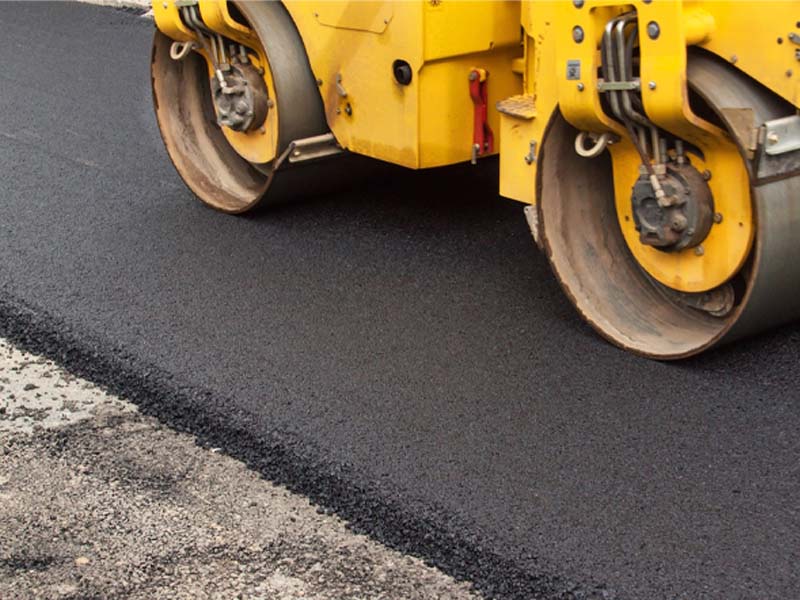
Our Projects
Check Out our Projects, done by Drawlink. All the structures were designed by our proffessional engineers whom we are proud to mention
- All
- Macheke Project
- Lupane Project
- Mberengwa Project

